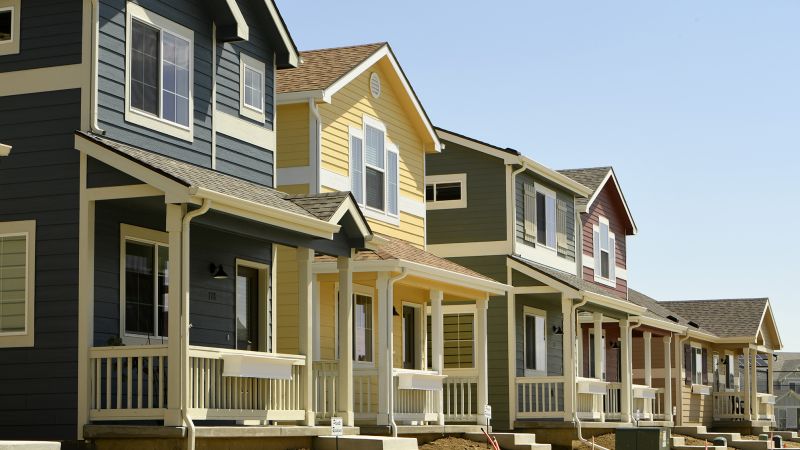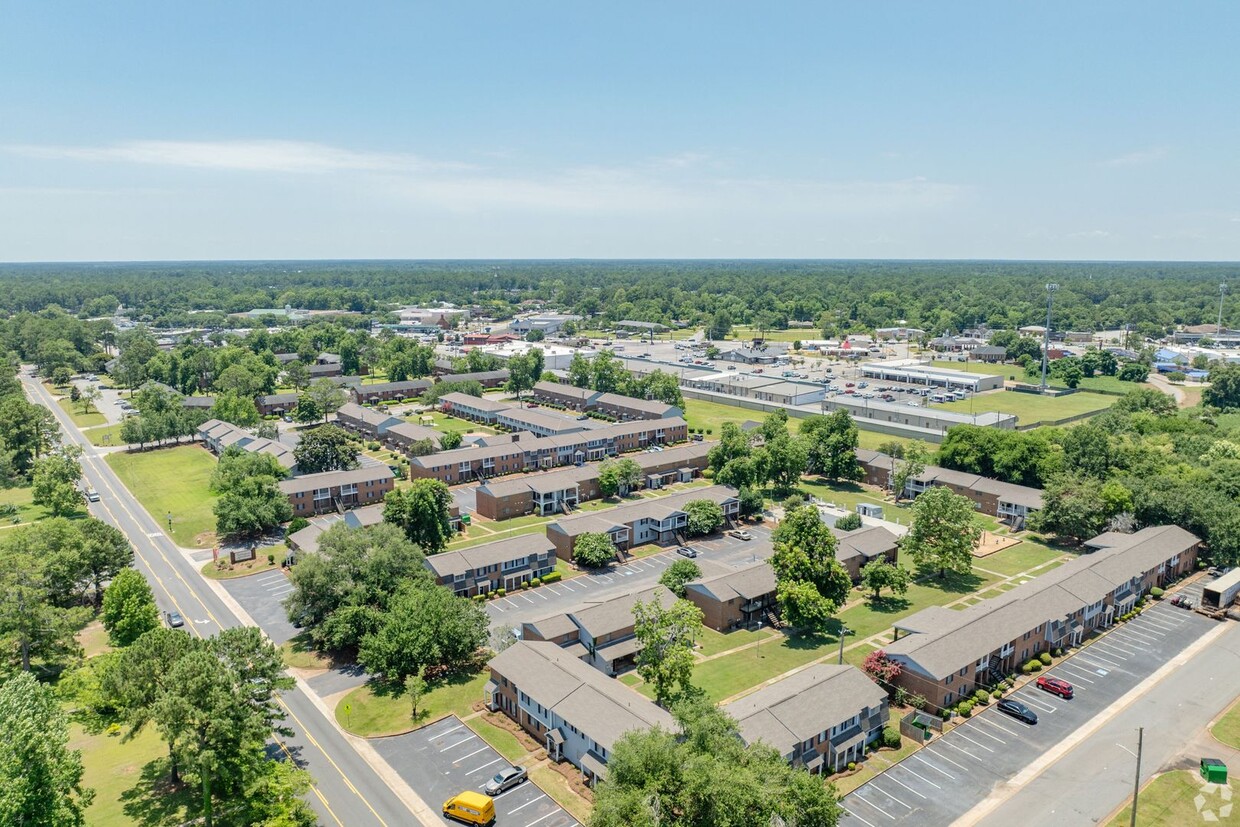Should You Invest in An Affordable Housing Fund ?
Should You Invest in An Affordable Housing Fund ?
There are many reasons investing in low-income housing can seem appealing. Perhaps you are interested in providing high-quality housing to those in need. And some government programs have made this kind of investing more appealing, such as the Tax Cuts and Jobs Act of 2017, which created opportunity zones. So-called opportunity zones are areas that have been identified as low-income, and investing in them can come with tax advantages. Whatever your reason for being interested in low-income housing investment, it’s important to know the basics before diving in.
Successful real estate investors are more than just landlords. They can also be savvy business executives. Property investors operate much like portfolio managers and business managers, focusing on maximizing profits while creating value for clients. Investing in affordable housing is a business and an investment strategy. But it also can involve single property owners and groups engaged in environmental, social, and governance investment strategies, including sustainable building practices and fostering a positive community impact, given the need for affordable housing in communities across the U.S
KEY TAKEAWAYS
- Affordable housing is included in the portfolios of many property investors in part because of the associated government tax credits.
- Property investors interested in affordable housing should ensure that such an investment is profitable and marketable in their area.
- Affordable housing is a broad umbrella term covering public housing, subsidized housing, rent-controlled apartments, low-income housing tax credit properties, and community initiatives to provide housing units accessible to middle and lower-income people.
- Investors should calculate the costs of buying, renovating, and maintaining affordable housing to determine whether it is a viable investment proposition.
- Ideally, an investor will have the best properties in desirable areas at good prices to ensure adequate demand and profitability.
What Is Affordable Housing?
Affordable housing is housing that provides an opportunity for those with low or limited income. Occupants must spend no more than 30% of their gross income on housing costs, including utilities, as defined by the U.S. Department of Housing and Urban Development (HUD).
If you invest in affordable housing, you’ll receive tax credits if a certain percentage of the property is leased to low-income tenants. You can also receive government assistance in making your monthly rent payments.
Low-Income Housing Tax Credit
The Low-Income Housing Tax Credit (LIHTC) is a tax credit for the acquisition, rehabilitation or new construction of rental housing targeted to lower-income households, according to HUD. Also known as Section 42, this program is used to fund most new affordable housing construction in the U.S.
Section 8 Vouchers
Section 8 vouchers, also known as the Housing Choice Voucher Program (HCVP), is a form of government assistance for those living in eligible housing. These vouchers pay for 70% of housing and utility costs for eligible households. Renters pay the other 30%
.Who Qualifies for Low-Income Housing?
- Extremely low income: Less than 30% of AMI
- Very low income: Less than 50% of AMI
- Low income: Less than 80% of AMI
- Moderate income: 80% to 120% of AMI
While being a part of a certain group isn’t necessary to qualify for low-income housing, there are certain groups that tend to be the most in need of a more affordable place to live. These groups usually have limited income or are in a transitional phase and thus may qualify for affordable housing.
Students
Seniors and People With Disabilities
Seniors – those aged 65 and over – and those with disabilities often have low or fixed incomes. As a result, they may qualify for affordable housing. However, this group often has special needs as well, such as needing ramps and wheelchair-accessible bathrooms. Hence, you should be aware of whether the market you are considering has a large number of these individuals.
Rehabilitation and Re-entry Programs
Military Service Members
Pros of Investing in Low-Income Housing
Investing in low-income housing can be highly profitable, especially if you buy inexpensive homes such as those from homes or properties that have entered foreclosure. However, these homes may need extensive repairs, so that will have to be taken into consideration before you buy any property. The same goes for utilities, maintenance and other ongoing costs that can eat into your profit. If the math is right, the property may be ripe for investment.
Government Incentives
As mentioned previously, there are multiple government incentives that can ease the burden of owning low-income housing. Investors may be eligible for the Low Income Housing Tax Credit, while occupants may qualify for Section 8 vouchers through HUD. For the investor, these incentives eliminate a lot of the risk of owning low-income housing.
Less Sensitive to Market Cycles
Cons of Investing in Low-Income Housing
While low-income housing can be unfairly stigmatized at times, there are still some things you should know before you consider investing.
Zoning laws can make it difficult to build affordable housing. In some areas, laws don’t permit the building of multi-unit structures, which are often where the cheapest affordable housing is located.
Management Issues
While government incentives can be a plus for affordable housing, the bureaucracy it adds can also be a challenge. It can take longer than usual to find new tenants or apply for funding for low-income housing. This means your income can suffer further in some cases.
The Bottom Line
An affordable housing investor must be a landlord, an investor, and a business executive. As a landlord, incorporate the human element. Remember that you can create a market by helping families and your community. As an investor, create a blue-chip real estate portfolio. Have the best properties in the most desired areas at the best prices that turn the most profit. As a business executive, create a brand, generate goodwill, and maximize the market value of your brand, not just on individual units. Remember that your activities also create job options for construction workers and real estate sales agents. Your marketing and property managing activities help attract workers to the labor force in your units’ areas. Not only can you create personal profits, but you can also create economic opportunities for people and communities through affordable housing investment.




Recent comments